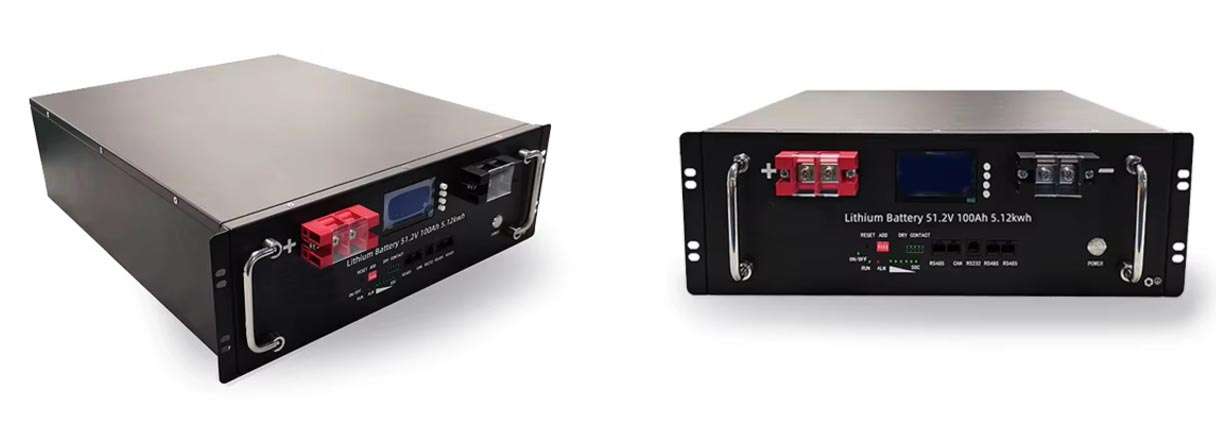Battery communications, primarily facilitated between the Battery Management System (BMS) and the inverter, serve several critical functions to ensure the safe, efficient, and optimal operation of a battery storage system.
The core purposes of these communications are:
- Data Exchange and Synchronization: The BMS continuously monitors vital battery parameters such as:
- State of Charge (SOC): Accurate SOC information allows the inverter to know how much energy is available in the battery and how much more can be stored. This prevents overcharging and excessive discharging, both of which can degrade battery life.
- Charge/Discharge Currents: The BMS communicates the maximum permissible charge and discharge currents to the inverter. This ensures the battery is charged and discharged within its specified limits, preventing thermal runaway, overstressing cells, and premature aging.
- Voltage and Cell Balancing: The BMS provides voltage readings for the overall battery pack and individual cells. Inverter communication can sometimes leverage this information for more sophisticated control strategies, though cell balancing is primarily managed by the BMS internally.
- Temperature: Temperature is a critical parameter. The BMS communicates battery temperature to the inverter, allowing the inverter to adjust charge/discharge rates or even shut down operations if temperatures exceed safe thresholds, thus preventing thermal damage.
- State of Health (SOH): While not always a real-time communication, some advanced systems may share SOH information, indicating the overall health and remaining capacity of the battery.
- Safety and Protection: This is perhaps the most paramount function. By exchanging the aforementioned data, the communication protocol enables the inverter to:
- Prevent Overcharging and Over-discharging: The inverter stops charging once the battery reaches its maximum safe SOC and ceases discharging when it hits its minimum safe level.
- Manage Current Limits: Ensures that the current flowing into and out of the battery does not exceed the battery’s design specifications.
- Thermal Management: Allows the inverter to respond to temperature warnings, potentially reducing power or initiating cooling mechanisms if available.
- Fault Detection and Reporting: In the event of a fault detected by the BMS (e.g., cell imbalance, high temperature, communication error), this information can be relayed to the inverter, which can then take appropriate action, such as shutting down or issuing alerts.
- Optimized Performance and Efficiency:
- Optimized Charging and Discharging: With accurate data from the BMS, the inverter can implement intelligent charging algorithms that extend battery life and maximize energy efficiency. This can include multi-stage charging, constant current/constant voltage (CC/CV) charging, and optimizing discharge rates for specific loads.
- Seamless Integration: Effective communication allows the inverter and BMS to work in harmony, leading to a more stable and reliable power system. The inverter can dynamically adjust its output based on the battery’s current state and available capacity.
- System Longevity and Warranty Compliance: Adhering to the manufacturer’s recommended operating parameters, as dictated by the BMS and enforced through communication with the inverter, is crucial for maintaining battery warranty and maximizing the lifespan of the battery system. Using incorrect communication protocols or mismatched settings can lead to the battery operating outside its safe parameters, potentially voiding warranties and causing premature degradation or catastrophic failure.
In summary, the communication between the BMS and the inverter acts as the central nervous system of a battery storage system, ensuring that the battery operates within its designed limits, maximizing safety, optimizing performance, and extending its overall lifespan. The variety of inverter brands and indexes listed in a communication menu highlights the need for compatibility and correct protocol selection to avoid potential damage to the battery.

No responses yet